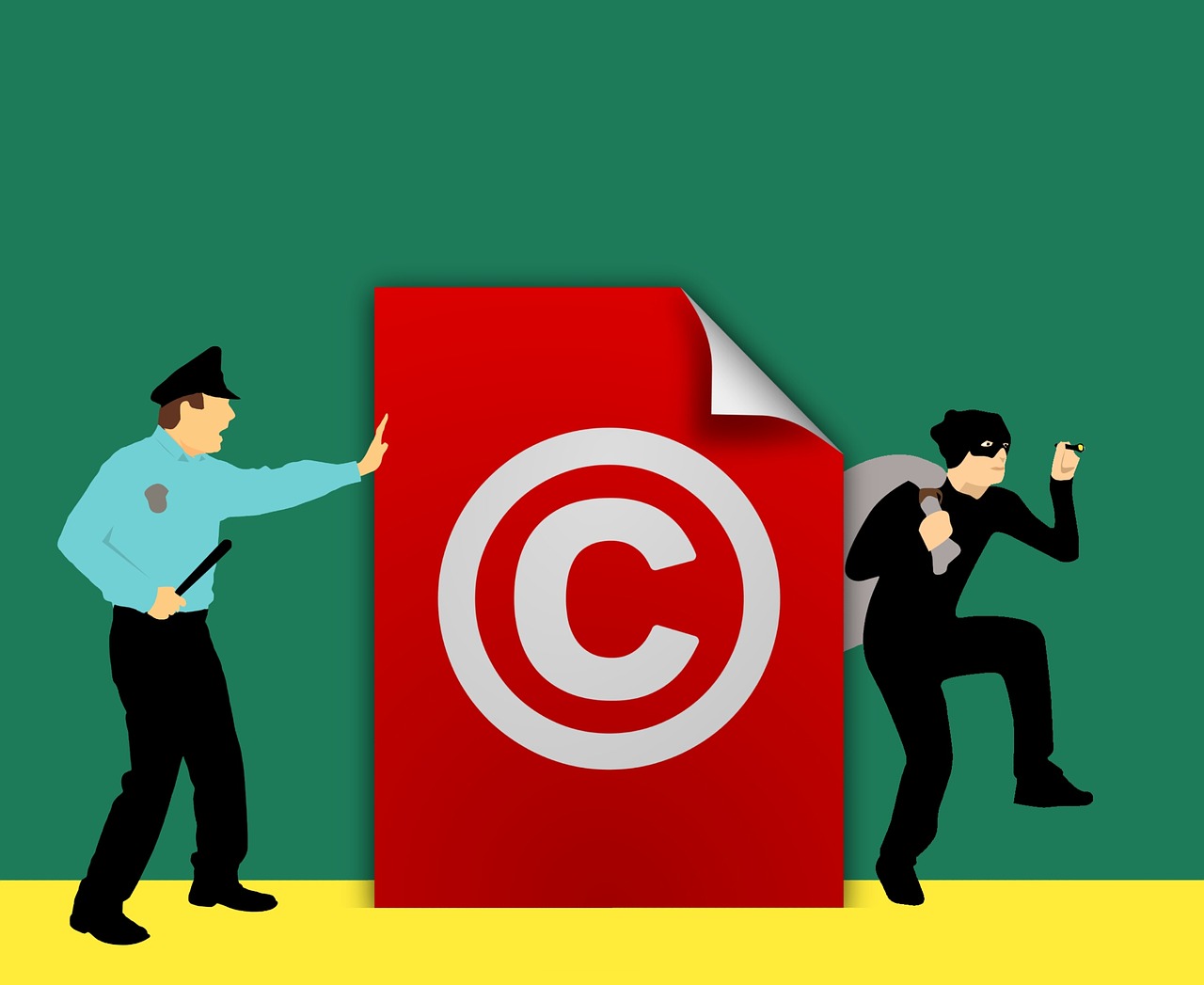What’s the Distinction? Trademarks and Copyright Defined
While the terms trademarks and copyrights are sometimes mistakenly used interchangeably, they are different forms of protection for intellectual property.
Trademarks may be one or a combination of words, designs, sounds, scents, or shapes, used to distinguish the goods or services of one person or organization from those of others. In this way, trademarks operate as identifiers of source.
Copyright provides protection for original creative works, namely literary, dramatic, musical, and artistic works as well as performer’s performances, sound recordings, and communication signals. To qualify for copyright protection, a work must be original and fixed in a medium. Consequently, works that are transitory in nature, such as improvisational speeches or performances that are not written or recorded, are ineligible for copyright protection as they are not fixed.
Similarities and Differences
Trademarks and copyrights share certain similarities. For example, unlike other forms of intellectual property, both trademark rights and copyrights can arise without registration. Further, both forms of intellectual property can be used to protect creative assets.
However, there are important differences between trademarks and copyrights. For example, while both forms of intellectual property are valuable business assets, trademarks and copyrights create value in different ways. Trademarks create value by inspiring customer loyalty, motivating purchasing, and commanding price premiums. In contrast, copyright allows an owner to derive financial rewards from the use of their work.
Further, while trademark rights are purely economic rights, copyrights also include moral rights. Moral rights protect the integrity of an original work by guarding against things like an author’s right to be acknowledged as the original writer of a story or a sculptor’s right to not have their sculptures distorted or mutilated. In other words, moral rights go beyond purely economic interests in a work by providing a means of enforcement against distasteful and defacing uses.
Finally, the legal rights and remedies further differ between the two forms of intellectual property in that they are embodied in separate legal statutes whose application is guided by different case precedent. These statutes and cases set out the legal remedies available to a copyright or trademark owner in instances of infringement. When choosing to enforce your trademark rights or copyrights, it is important to retain professional counsel who are suitably experienced to determine which legal regime is best suited to your circumstances.
Leveraging Trademark and Copyright Protection for Comprehensive Legal Coverage
Trademarks and copyrights, while distinct and separate, can sometimes overlap and offer complimentary legal protection. For example, the visual design of a cartoon character is eligible for copyright protection. The character may also attract trademark protection if it is being used to distinguish the goods or services of one person or organization from those of others.
By filing for both forms of legal protection, a business can obtain a broader scope of protection, which can be leveraged in a variety of ways, including by being licensed out to generate revenue. By way of example, Rovio Entertainment Corporation, the creator of Angry Birds™, earns over 20% of its revenue from licensing its intellectual property. Further, licensing is not only a profitable business model for large corporations, but also for startups and small businesses as there are very little costs involved. As a result, while the cost of obtaining registered trademark or copyright protection may initially intimidate, the value derived from comprehensive intellectual property protection is often well worth the initial cost.
Author Bio: Mala Milanese is an Intellectual Property Lawyer at Heer Law who specializes in Intellectual Property Litigation and Pre-Litigation Disputes.

